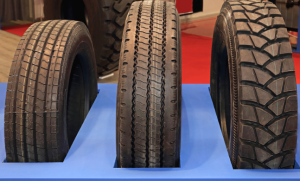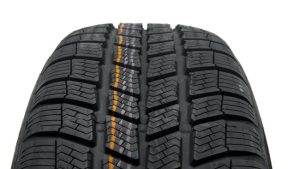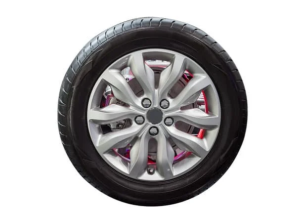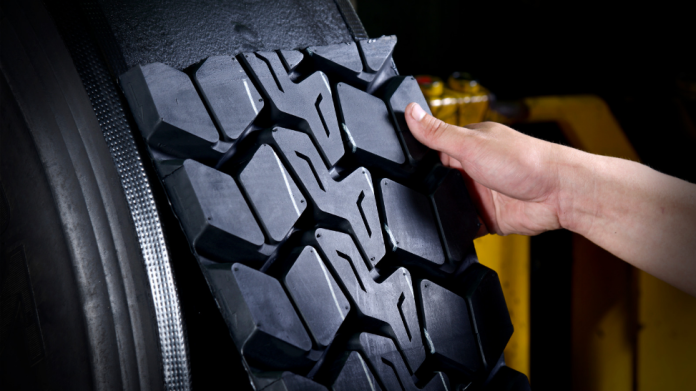Table of Contents
Tyres all look the same, don’t they? It can be hard to be absolutely certain that you are buying the right tyres unless you understand what the tyre codes mean. Let us take the following code: 200/50 R 18 84 H SSR M+S DOT 16/16, and break down what it means.
200/50 – Width and Aspect Ratio

The first set of numbers refers to the width of the tyre: 200mm in this case. The next part, the 50 is a percentage of the width: 50%, so half of the width of the tyre. The aspect ratio refers to the height of the tyre sidewall, and in this case, it is 10cm or 100mm.
R – Construction

There are a series of codes that refer to the construction of a tyre. In this case, R stands for radial, so you know these are radial tyres.
18 – Diameter
The full diameter of the tyre comes next, and usually runs somewhere between 15 inches for very small vehicles and 22 inches for larger ones like high-speed public transport. In this case, they are middling at 18 inches from the ground to the top of the tyre.
84 H – Load and Speed
These two codes are a little more tricky: there is no way to look at your car and decide what these ratings will be. Fortunately, the tables are widely used and freely available in online directories, so you will quickly find out that this vehicle must not carry more than 500kg, and should not exceed 210km/h as a top speed.
SSR M+S DOT – Various
Again, there are a series of informational codes offering more data about these particular tyres, and you will have to look up each code to be sure of its meaning. In this case: SSR means the tyres are self-sealing run-flat tyres, M+S means they are good to use in mud and snow, and the DOT is for American users, reassuring them that they are Dept of Transport compliant.
16/16 – Date of Manufacture

The final figures tell you when the tyres were manufactured so you know if you are getting ‘fresh’ tyres or being saddled with tyres that are years old and perhaps not in the best condition. The first 16 means the 16th week of the year while the last 16 is the year of manufacture: so, these tyres were made in about April or May 2016.
Now you know how to read tyre labels when you’re out there looking for new winter tyres. For buying tyres in Basingstoke or for a free consultation, you can also visit Headley Tyres – Your local and friendly Basingstoke tyres supplier!


